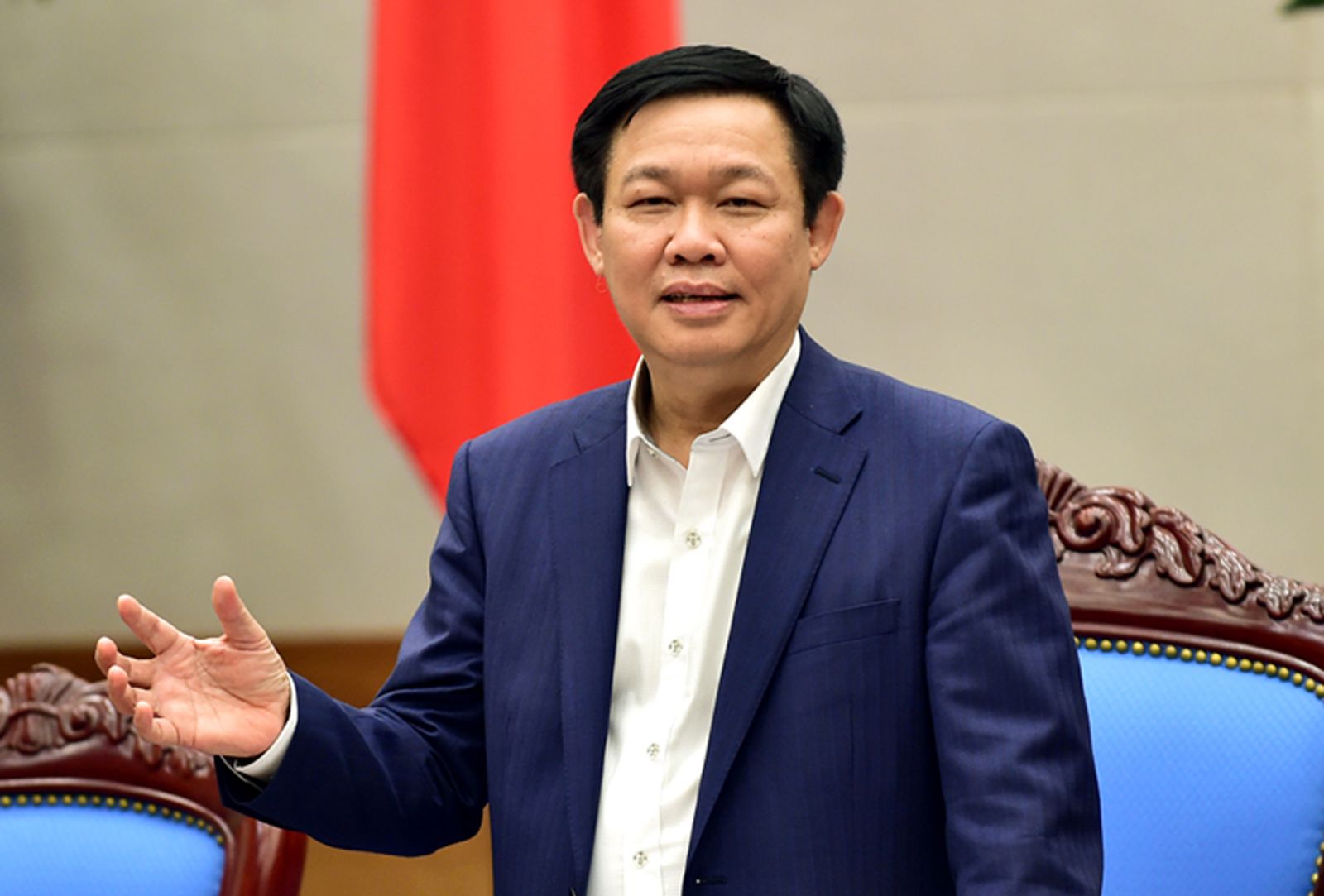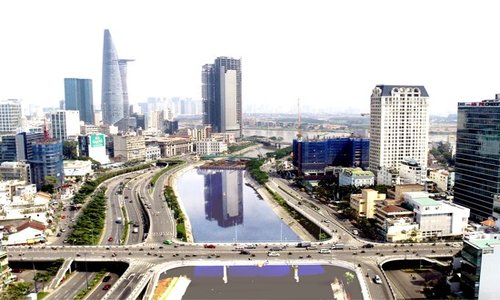Vietnam’s Economy: Solutions and motivation for growth
“Vietnam’s Economy: Solution and motivation for growth” is the theme of an important conference to be held this week. The conference will be chaired by the Deputy Prime Minister Vuong Dinh Hue.
The event will be co-chaired by the President of the Vietnam Academy of Social Sciences and the Head of the Prime Minister’s Economic Advisory Group Dr. Vu Viet Ngoan.
It will bring together leading experts from Vietnam and abroad, such as the Director of Vietnam Economics Institute Assoc. Prof. Dr. Tran Dinh Thien, The World Bank’s Lead Economist for Vietnam Sebastian Eckardt, President of the Central Institute for Economic Management Dr. Nguyen Dinh Cung.

Deputy PM Vuong Dinh Hue (source: Hanoi Times)
According to report in the current session of the National Assembly, the GDP growth rate in Quarter III has been significantly increased.
In 2017, the Government has drastically pushed forward effort to ensure the target growth rate of 6.7%, as well as to implement solutions with regard to long term targets, such as the growth model restructuring, reforming economy, improving the business environment and enhancing the national competitiveness.

Along with this achievement, according to credible organizations, enterprises and investors, Vietnam’s competitiveness and business environment have been significantly improved. (source: Hanoi Times)
In the Doing Business 2018 report released by the World Bank on October 31, 2017, the business environment of Vietnam is ranked at 68th out of 190 countries, up 14 places compared to the previous period.
The World Intellectual Property Organization (WIPO) announced its Global Innovation Index 2017, with Vietnam climbed to rank 47th out of 127 countries, up 12 places compared to the same period of last year.
The growth quality has also been improved when the incremental capital output ratio (ICOR) of 2016 was 5.3, but in 2017 is 4.7 – 5 points (ICOR is a metric that assesses the marginal amount of investment capital necessary for an entity to generate the next unit of production. Overall, a higher ICOR value is not preferred because it indicates that the entity's production is inefficient).
Meanwhile, the total factor productivity (TFP) has increased by 5 – 6% compared to last year, and reached 30 – 31% (TFP is the portion of output not explained by the amount of inputs used in production.
As such, its level is determined by how efficiently and intensely the inputs are utilized in production. TFP growth is usually measured by the Solow residual).
According to the Minister of Planning & Investment Nguyen Chi Dung, the growth quality of the economy has been positive, which is represented in 10 criteria and 4 categories highly regarded by the UNDP, specifically: GDP growth has been recorded in average of 6.07% in many years; economic growth is related to growth model restructuring, with the focus is shifted from natural resources extraction and an improvement in TFP; business environment and competitiveness are enhanced; growth is closely followed by social equality.
As such, Prime Minister Nguyen Xuan Phuc said the achievement of Vietnam in 2017 is a big success to the country. However, Vietnam still have some shortcomings with regard to the slow growth rate of growth quality and low productivity. With this being said, bottlenecks are identified such as business registration certificate issuance, tax policy, risks in macro economy, land law and inefficiency in infrastructure.



